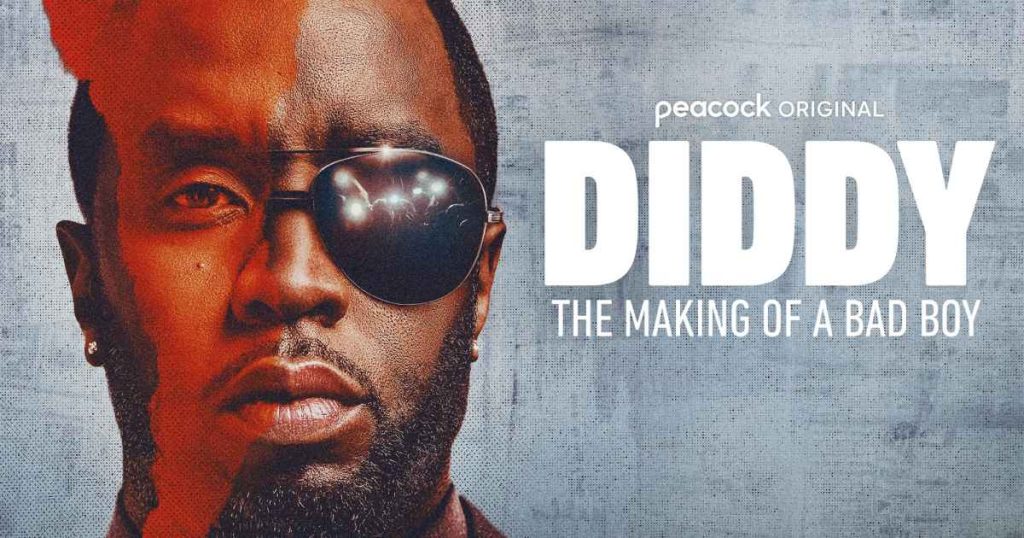The Shadow of City College: A Tragedy and its Lingering Impact on Sean "Diddy" Combs’ Legacy
Sean "Diddy" Combs, a name synonymous with music mogul and cultural icon, has been no stranger to controversy throughout his career. While recent headlines focus on his 2024 arrest and subsequent legal battles, the seeds of scandal were sown decades earlier, in the tragic events of December 28, 1991, at New York City’s City College. A charity basketball game, co-promoted by a young Diddy, then an employee of Uptown Records, spiraled into a deadly stampede that claimed the lives of nine attendees and injured 29 others. This incident, explored in the Peacock documentary Diddy: The Making of a Bad Boy, continues to cast a long shadow over Combs’ career, raising questions about accountability, responsibility, and the price of ambition.
The documentary paints a picture of an event spiraling out of control. Overpromotion by local radio stations, advertising the game as if it were being held in a much larger venue, combined with inadequate security measures at City College’s gymnasium, created a recipe for disaster. Thousands more people arrived than the venue could accommodate, resulting in a chaotic crush at the entrance. Eyewitness accounts differ on Diddy’s actions during the tragedy. While some claim he attempted to administer aid to the injured, others dispute these claims, creating a conflicting narrative around his immediate response to the crisis.
The aftermath of the stampede was marked by legal battles and settlements. While no criminal charges were filed, a subsequent lawsuit found Diddy and fellow rapper Heavy D 50% responsible for the deaths, with City College bearing the other half of the responsibility. Families of the victims received settlements, but the wounds of loss and the lingering questions about accountability remained. Some families expressed dissatisfaction with the settlement amounts and Diddy’s perceived lack of genuine remorse. Accusations of prioritizing his image over accepting responsibility surfaced, fueling a perception of callousness and evasion.
The documentary highlights the conflicting narratives surrounding Diddy’s role and response to the tragedy. While childhood friend Tim Patterson recalls the event’s impact on Diddy’s burgeoning fame, describing it as a catalyst that propelled him into the spotlight, other accounts paint a different picture. Testimonies from victims’ families, including Sonny Williams, whose sister Sonya perished in the stampede, depict a Diddy focused on damage control and seemingly more concerned with protecting his image than offering sincere condolences. Williams’ recollection of a tense meeting with Diddy, during which a settlement was offered, underscores this perception.
Diddy’s absence from the documentary further fuels the ongoing debate surrounding his accountability. His past statements, offered in the immediate aftermath of the incident, emphasized City College’s responsibility for security while expressing general sorrow for the tragedy. However, these statements, viewed through the lens of the documentary’s revelations and the families’ testimonies, appear insufficient, failing to address the deeper issues of overpromotion and inadequate crowd control. This perceived lack of full acknowledgment contributes to the enduring controversy.
The release of Diddy: The Making of a Bad Boy has reignited the debate about the City College tragedy and its impact on Diddy’s legacy. His representatives have vehemently denounced the documentary, characterizing it as a rehash of unfounded allegations and conspiracy theories. They accuse the filmmakers of irresponsible journalism and of providing a platform for opportunistic individuals to make false accusations. This strong rebuttal underscores the ongoing sensitivity surrounding the events of 1991 and the persistent questions about Diddy’s role and responsibility. The conflicting narratives, presented both in the documentary and through Diddy’s representatives, leave viewers to grapple with the complexities of the tragedy and its lasting impact on all involved.
The City College tragedy serves as a somber backdrop to Diddy’s rise to fame and fortune. While the documentary explores his entrepreneurial spirit and musical achievements, it simultaneously confronts the darker aspects of his journey. The incident raises ethical questions about the pursuit of success and the potential consequences of prioritizing ambition over safety and responsibility. The differing accounts of Diddy’s actions during and after the tragedy further complicate the narrative, leaving a lingering sense of ambiguity and unresolved issues.
The documentary’s exploration of the City College incident offers a crucial counterpoint to the often-glamorized narratives of success in the entertainment industry. It reveals the human cost of ambition and the lasting impact of tragic events on individuals, families, and communities. While Diddy’s career has been marked by significant achievements, the shadow of the 1991 tragedy continues to loom large, serving as a reminder of the complex and often-contradictory nature of public image and the enduring power of unanswered questions.

